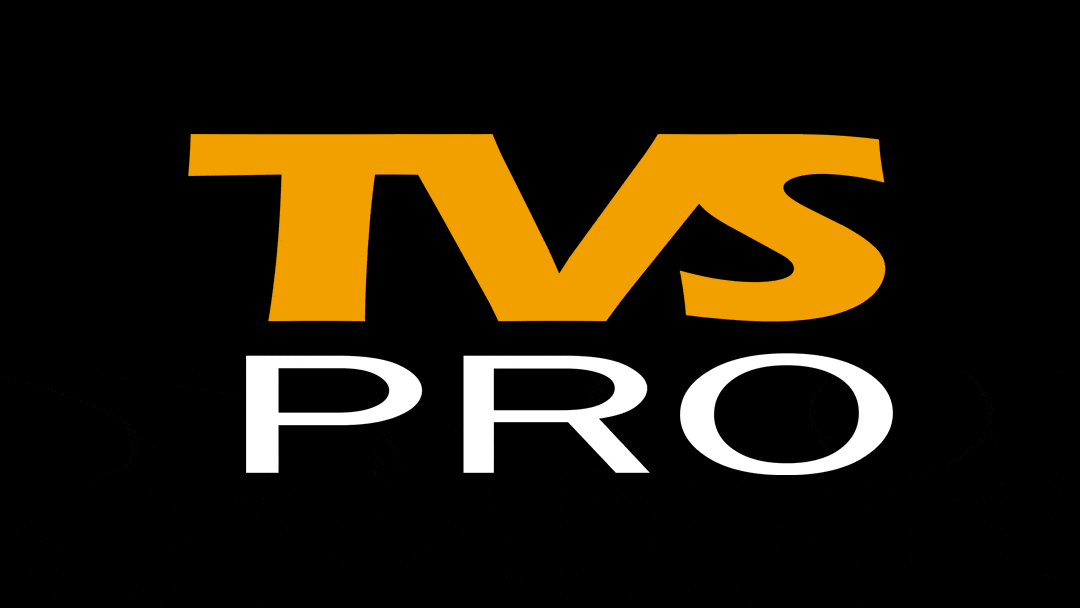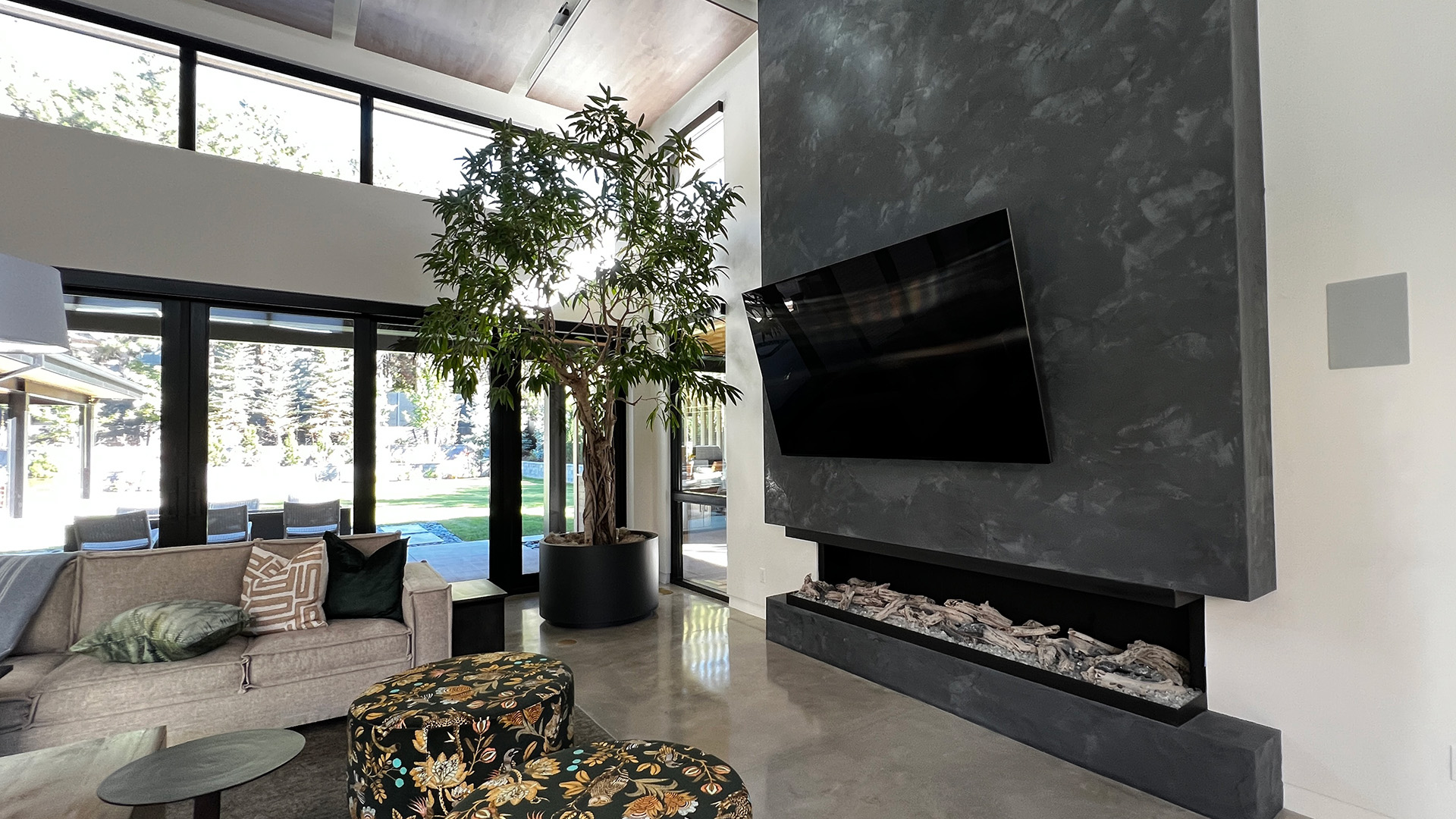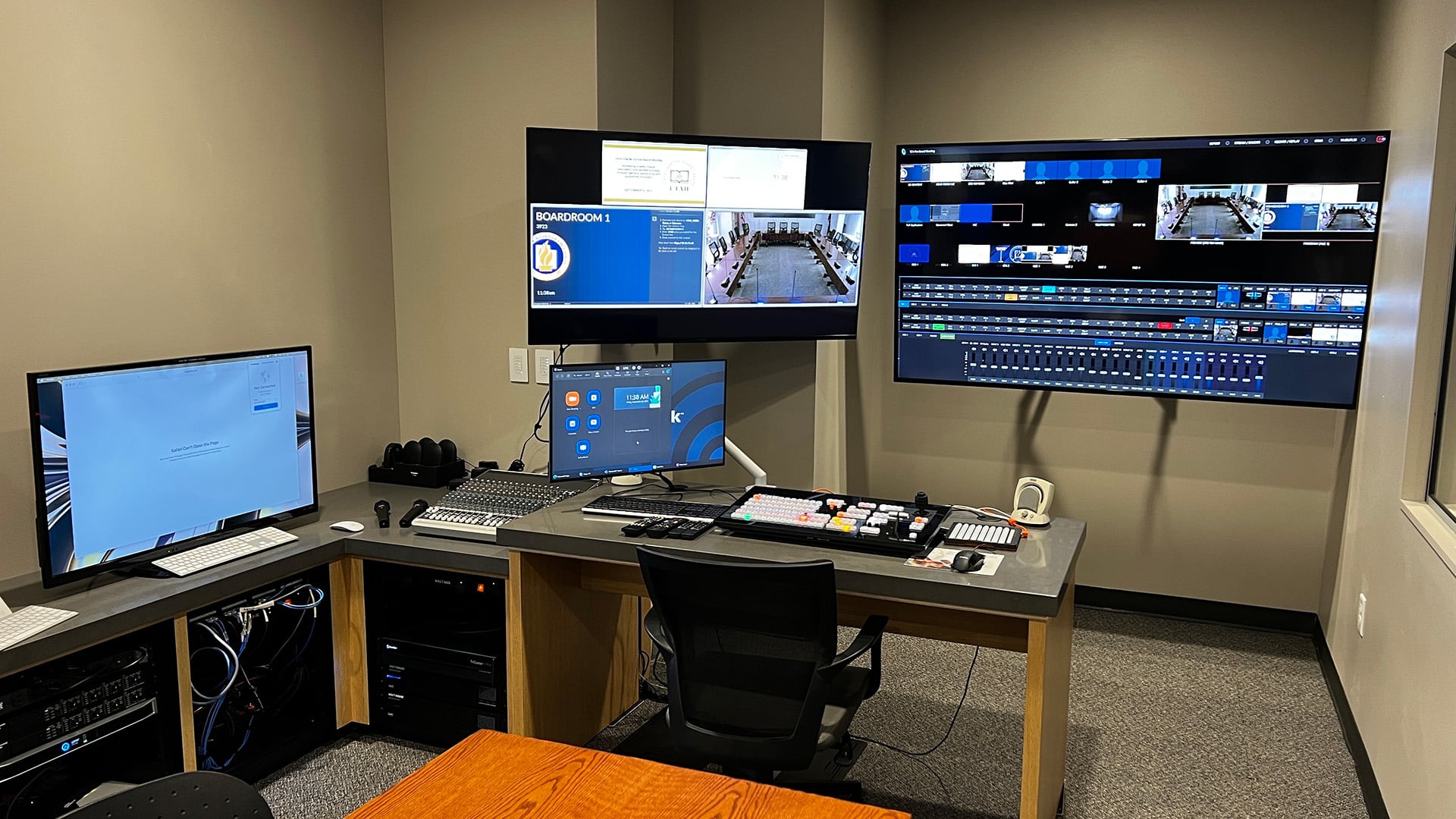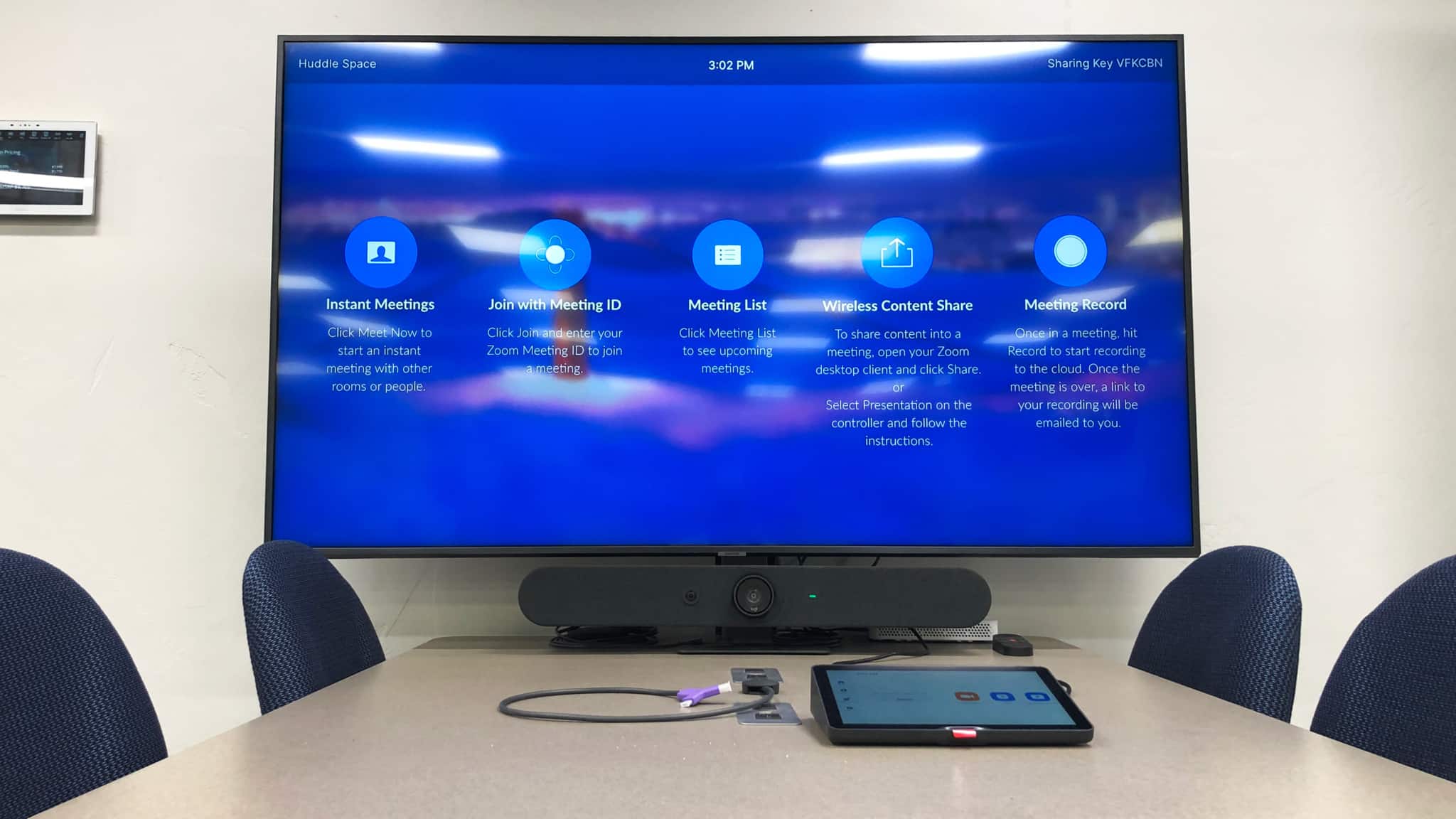How is the 4K market moving along?
Very rapidly as you will see below. Applications for command and control, larger digital signage, and museum display are all emerging as new 4K applications.
Is it cost effective yet for us to start taking a look at 4K monitors for conference room applications ?
Its getting very close as 4K consumer pricing continues to heat up and manufactures are exploring professional applications and product offerings. 4K consumer displays are now less than full HD professional displays. The larger sizes are particularly interesting and by years end we will see many offerings in the professional 4K space.
Who will be leading the pack with this, LG? Are there a few manufacture’ to keep an eye on?
LG now claims (as of March 2014) they are the largest panel manufacture in the world and offer the most 4K panels (both pro and consumer) currently available followed by Sony (consumer) and then Samsung (consumer) and Sharp. Definitely LG with their new professional 98″ 4K professional display, 84″ professional and either a 55 or 65″ professional 4K by years end will be one to keep an eye on. Their IPS (Inter Plane Switching) technology definitely has the edge with wider viewing, more stable hues and vibrant color, thermal and heat stable (does not turn black like regular LED LCD) and outdoor panels up to 2,000 nits and viewable with polarized sunglasses. Planar also has the 84″(now) and the 98″ (October) panel as well.
Who is the main manufacture of 4K panels?
LG builds the glass for the LG, Panasonic 84″, 98″, Sony (certain models), Planar’s 84″ & 98″ Samsung and Sharp also have several sizes and more coming in the Fall.
Is 84” going to be the standard, will they make a 70” or 60″?
Currently LG builds a 49″ 55″ 65″ 79″ 84″ and 98″ (in production). The professional versions are currently just the 84″ and soon the 98″. By the end of the year there will be a 55″ and or 65″ commercial 4K as well.
Who has the best 4K monitor out there? What is the pricing?
The best 4K displays I have seen have been the 55″, 65″, 84″, and 98″ LG panels under the brand names of LG, Panasonic, Planar and Sony. (Sony is now selling a 70″ and 79″ 4K consumer panel available in July!)
What is the price range in general of 4K monitors? Who has the best pricing?
Consumer pricing is typically where HD panels were just a few years ago. A consumer 4K 65″ is going for under $4,000 and in professional 4K LG is able to go below $8K for their 84″ and about the same price ($35K) for their new 98″ as the Samsung professional HD 95″!
Specs and technology on 4K monitors?
Unless you also want the consumer specs the LG professional 84″ and 98″ specs for the 2014 models are just being finalized. I have their 2014 book but it does not have all the details yet. (84″ specs attached) Both LG and Samsung will also have a 105-106″ 5K monitor but they are not 16:9 but really a stretched 4K with a resolution of 5K by 2K and a cost projected to be in the $140-160K range.
Projectors
WUXGA
Manufactures continue to push the more widespread use of WUXGA projectors with lower-cost models in the 4,000-4,500 lumen range. Panasonic, Epson, Hitachi, and Sony all showed 3 LCD models in this new category. Most have limited shift but good zooms and will allow the expanded use of WUXGA in educational classrooms and applications which require high res and good brightness at significant cost savings.
1080p
Although most classroom applications prefer the WUXGA there are presentation and mini-theater applications which prefer full HD and 1080p resolution. Two notable introductions in this area include the new Projection Design F50 (now Barco) and the Hitachi 9000 series now with a 1080p version of its dual color wheel model. The F50 features the ultra compact design of their F22 series but now with interchangable lens and brightness capability approaching 5,000 lumens. The Hitachi features brightness up to 8,200 lumens and the ability to switch to a “rich color wheel” on the remote for improved color accuracy at a lower lumen level along with an HDSDI as a standard input.
Solid State Illumination (SSI) Projectors
Major new models were introduced by Sony, Panasonic, Casio, NEC and Barco. All were single chip DLP except Sony which uses 3 LCD panels and a laser light source to create the illumination. Sony showed both a 7000 lumen laser projector and a prototype of a ultra short throw 4K projector. Casio specializes in lower resolution projectors and uses the hybrid light source of LED and laser and has improved their color rendition on both the slim series and classroom Signature series. Panasonic, NEC, and Barco all showed single DLP WUXGA laser light source projectors with brightness in the 6,000-6,500 lumen range with model introductions in the September to first half of next year time frames. Projected prices for the the new 6,000- 7,000 lumen laser based projectors range from $17,500 to $23,000.
Auto Edge Blending, Pixel Mapping, and Ultra Short Throw
In an amazing demonstration of technology Barco demonstrated in a suite off the show floor a newautomated edge blend system in which two
projectors were edge blended and then purposely moved out of alignment. A button was then pushed and you could watch the system automatically re-align and edge blend the two projectors in a matter of just a few minutes. Anyone who has ever done a manual alignment would be completely in awe.
Several very good examples of pixel mapping and pixel blanking were demonstrated by several manufactures with stand out examples by Epson and Panasonic. The Panasonic used pixel blanking and geometric correction to project visual arches with a interactive panel to control the information displayed and Epson showed a three dimensional city model with several different looks including a night-time and daytime view. (see example attached)
In addition to Panasonic’s recently introduced ultra short throw lens for their high brightness single DLP projectors they also showed a prototype of a 3 DLP projector lens with similar ultra short throw capability for their series of three chip DLP projectors. Barco in an off-floor demonstration showed their new ultra short throw lens for their new F50 single DLP projectors. Unlike the Panasonic which faces away from the screen, the new Barco lens allows the projector to face straight up and the lens then does a right angle onto the screen. Since Projection Design (now Barco) is coming from an optical background we were amazed at how crisp the image was all the way from the center to the edges which is very difficult for an ultra short throw to achieve.






0 Comments